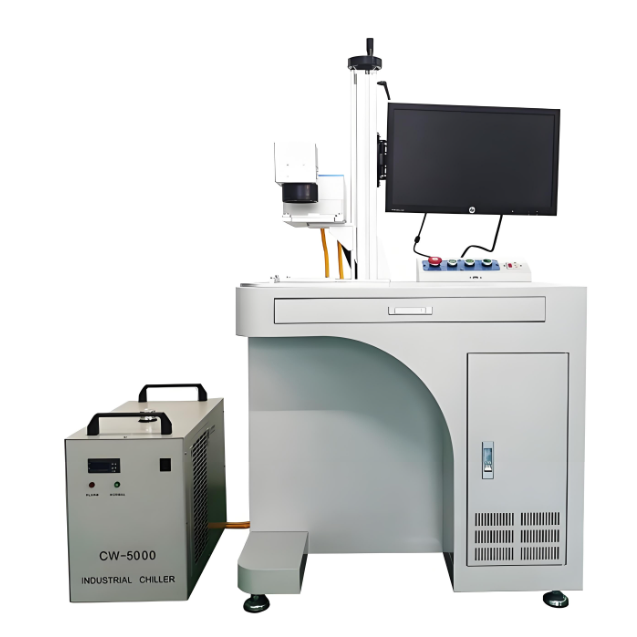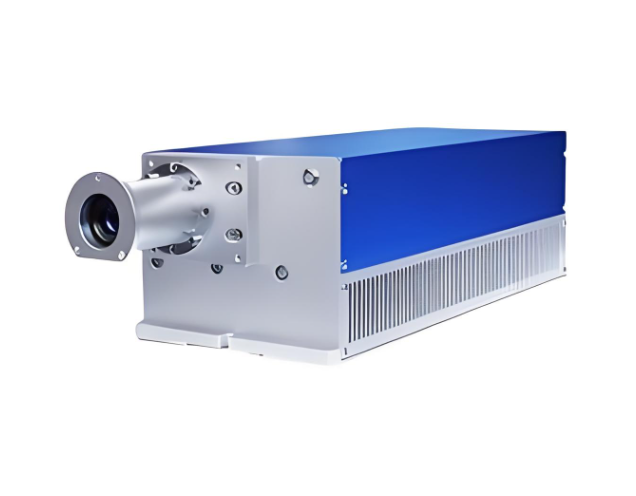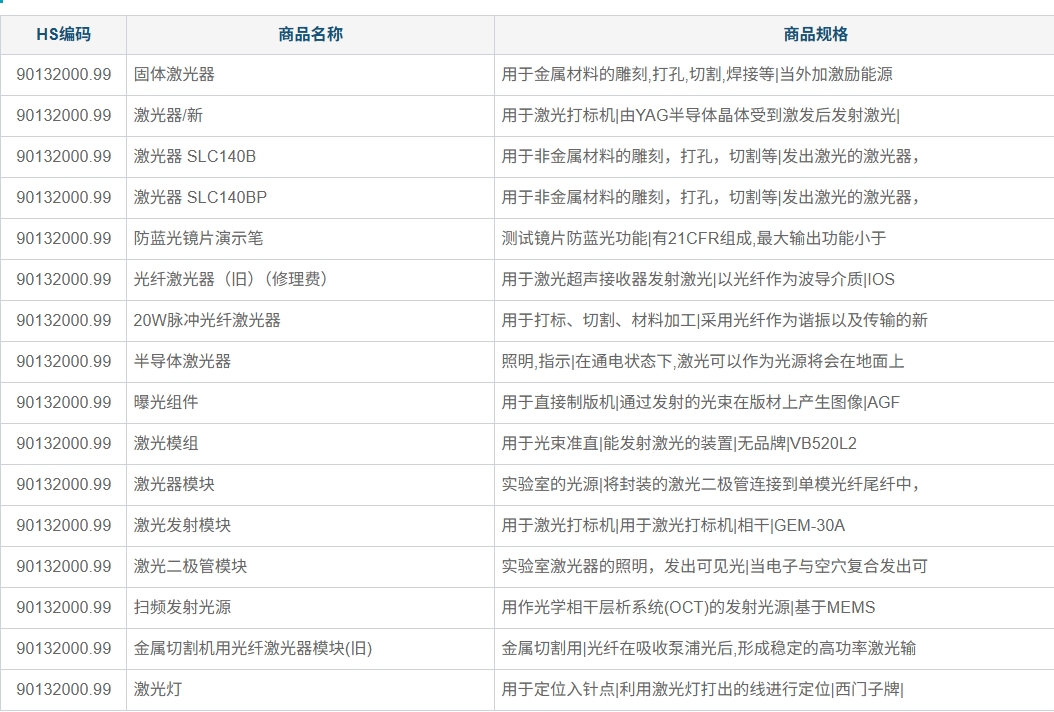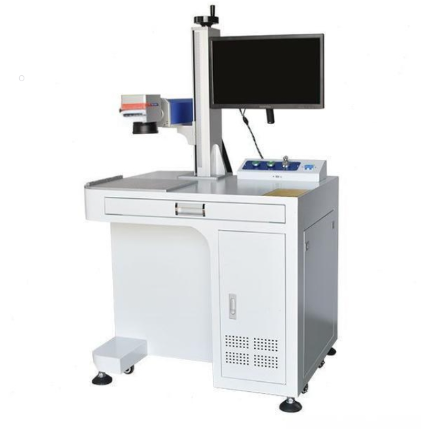The difference between air-cooled and water-cooled UV laser marking machines
UV laser marking machines use air cooling and water cooling systems, which are designed to keep the equipment within an optimal temperature range, prevent overheating, and ensure stable operation. These two cooling methods differ in cooling efficiency, environmental requirements, cost, and complexity. Below are the main differences between air cooling and water cooling:
1. Cooling Method
Air Cooling:
Air cooling uses air to dissipate heat, typically through fans that expel the heat from the equipment.
This method relies on the surrounding air flow to carry away the heat generated by the device.
Air cooling systems are generally simpler, requiring no cooling liquid or pump systems.

Water Cooling:
Water cooling uses water or cooling liquid for heat exchange, circulating through a cooling system to carry away heat.
The cooling water passes through a condenser, heat exchanger, etc., to transfer heat from the laser to the external cooling system.
Water cooling systems typically include a cooling pump, radiator, and water tank.
2. Cooling Efficiency
Air Cooling:
Air cooling is generally less efficient, suitable for low-power laser marking machines or environments with lower ambient temperatures.
In high-temperature environments or with prolonged high-power operation, air cooling may not provide sufficient cooling, leading to higher device temperatures.
Water Cooling:
Water cooling offers better heat dissipation and is more effective at maintaining stable temperatures, especially for high-power, long-duration, or high-temperature environments.
Water has a higher specific heat capacity than air, making it more efficient at absorbing and transferring heat.
3. Environmental Requirements
Air Cooling:
Air cooling systems are less dependent on environmental conditions and can be installed in a variety of settings as long as there is sufficient ventilation.
Works well in cooler environments where high heat dissipation is not required.
Water Cooling:
Water cooling systems require a stable water source and good drainage, as well as additional components such as cooling towers or water circulation systems.
In confined or high-humidity environments, water cooling systems perform better.

4. Maintenance Costs
Air Cooling:
Air cooling systems are simpler and have lower maintenance costs, typically requiring only regular cleaning of fans and ventilation openings.
Running costs are low, as there is no need for extra cooling fluids.
Water Cooling:
Water cooling systems have higher maintenance costs, requiring regular checks of the pump, radiator, and water tank.
Cooling fluids may need to be replaced periodically, and the cooling system should be cleaned to avoid clogging or scaling.
Water quality must be monitored to prevent corrosion or blockage in the system.
5. Noise
Air Cooling:
Air cooling systems generally produce some noise, especially when the fan speed is high.
Water Cooling:
Water cooling systems are quieter, as the sound produced by the flowing cooling liquid is typically less than that of the fans.
6. Size and Complexity
Air Cooling:
Air cooling systems are compact and simple, making them suitable for environments with limited space.
Installation and use are easy, with no complex plumbing or external equipment required.
Water Cooling:
Water cooling systems are bulkier and more complex to install, requiring additional components like pumps, water tanks, and cooling towers.
Regular inspection of pipes and pumps is necessary to ensure proper water flow.
7. Application Range
Air Cooling:
Suitable for medium and low-power laser marking machines or environments with low to moderate usage frequency.
Works well in environments where high-power, continuous operation is not required.
Water Cooling:
Suitable for high-power laser marking machines or long-duration high-load applications, such as in industrial production lines.
Ideal for environments with strict temperature control requirements, ensuring stable operation.

Conclusion
Air Cooling systems are simple, cost-effective, and suitable for low-power or intermittent-use laser marking machines.
Water Cooling systems provide superior cooling performance, ideal for high-power, long-duration applications but come with higher maintenance requirements and installation complexity.
Choosing the right cooling system based on your specific needs will ensure your laser marking machine operates efficiently and reliably.
 laser marking machine for meta
laser marking machine for meta
 laser marking machine price in
laser marking machine price in
 HS code information of laser m
HS code information of laser m
 20w fiber laser marking machin
20w fiber laser marking machin



